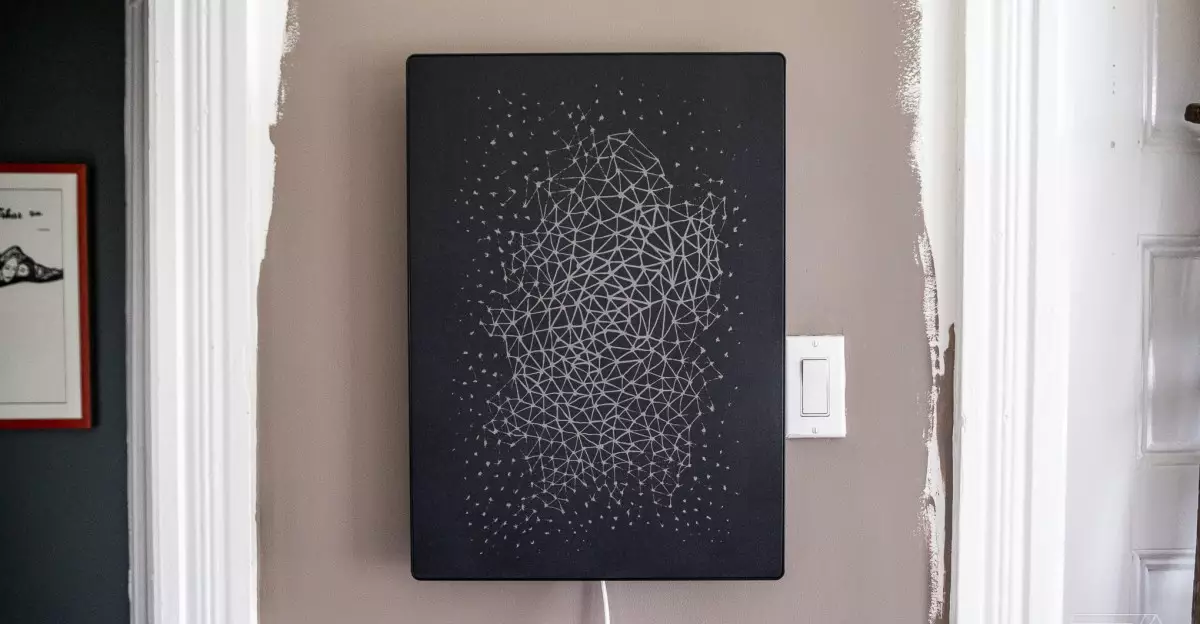The recent announcement that Sonos and Ikea will no longer continue their Symfonisk collaboration is a significant moment for both companies and audio enthusiasts alike. These two powerhouses embarked on a unique partnership, blending the worlds of home design and high-fidelity sound. Their product lineup, which included innovative items such as lamp speakers and picture frame speakers, aimed to deliver versatility and affordability while seamlessly integrating into home decor. Over the eight years they spent creating the Symfonisk range, they transformed the audio landscape, enabling consumers to enjoy high-quality sound without compromising their living spaces.
While the hype surrounding Symfonisk products stemmed from their aesthetic appeal and integration into Ikea’s functional design philosophy, they also represented Sonos’ strategy to diversify its product offerings. By collaborating with Ikea, Sonos was able to reach a broader audience—one that extends beyond audiophiles to everyday consumers seeking to elevate their home audio experience without the intimidation often associated with premium audio equipment.
The Withdrawal Announcement
The decision to phase out the Symfonisk lineup came as a surprise to many, particularly given the earlier successes the partnership had enjoyed. Sonos spokesperson Erin Pategas emphasized in her communication with The Verge that, despite the cessation of new product development, existing Symfonisk products will still receive software support for the foreseeable future. This commitment reflects a desire to ensure customer satisfaction and product longevity, even amidst shifting market strategies. The existing items in the Symfonisk lineup have proven to be robust members of the Sonos ecosystem, particularly appreciated for their ability to integrate within home theater setups at a lower price point compared to Sonos’ standalone offerings.
As the collaboration concludes, consumers are left to ponder what drew the two companies apart. Market pressures, such as rising tariffs and fluctuating demand, certainly played a role in this decision. The recent adjustments to Sonos pricing highlight some underlying challenges the company faces as it navigates a competitive landscape.
A Shifting Landscape in Audio
The audio market is evolving rapidly, with various players experimenting with new technologies and product configurations. Sonos has noticeably worked toward refining its core offerings while minimizing the complexities that can come with expansive product lines. Their recent pivot, which includes dropping certain prices to stimulate demand, is indicative of a broader challenge facing the brand—one that demands a renewed focus on what truly distinguishes them from their competitors.
In particular, the Symfonisk products provided users with a unique entry into the Sonos ecosystem, allowing them to experience high-quality sound at an accessible price point. This democratization of audio technology has been a central theme among many audio brands; however, as newer products such as the Era 100 and Move 2 emerge, they threaten to overshadow the once-coveted Symfonisk devices. This reality is a testament not only to Sonos’s drive for innovation but also to the necessity of continual adaptation in a rapidly changing market.
Consumer Perspectives and Future Outlook
From a user’s perspective, the discontinuation of the Symfonisk lineup raises questions about product support, future innovation, and potential legacy. For many, these products were the ideal solution; they offered stylish designs that integrated well with Ikea’s furniture, alongside impressive sound quality characteristic of Sonos products. As the stock dwindles in Ikea locations globally, consumers might find themselves grappling with a sense of urgency to acquire these pieces before they vanish from the market completely.
Sonos must now navigate the implications of this strategic shift. Focused on streamlining its offerings, the company’s leadership recognizes the pressing need to enhance mobile software and restore brand loyalty after a series of app failures tarnished its reputation. This introspection reveals a company grappling with its identity, intent on reclaiming its status as a leader in the audio space.
In the end, while the end of the Symfonisk lineup may invoke nostalgia for what was, it also signifies an opportunity for Sonos to redefine its direction. With its recent endeavors to solidify its core audio experiences, the brand looks to re-engage its audience and continue to innovate, perhaps presenting an even richer offering to consumers in the near future—one that embraces both form and function, sound and style.

